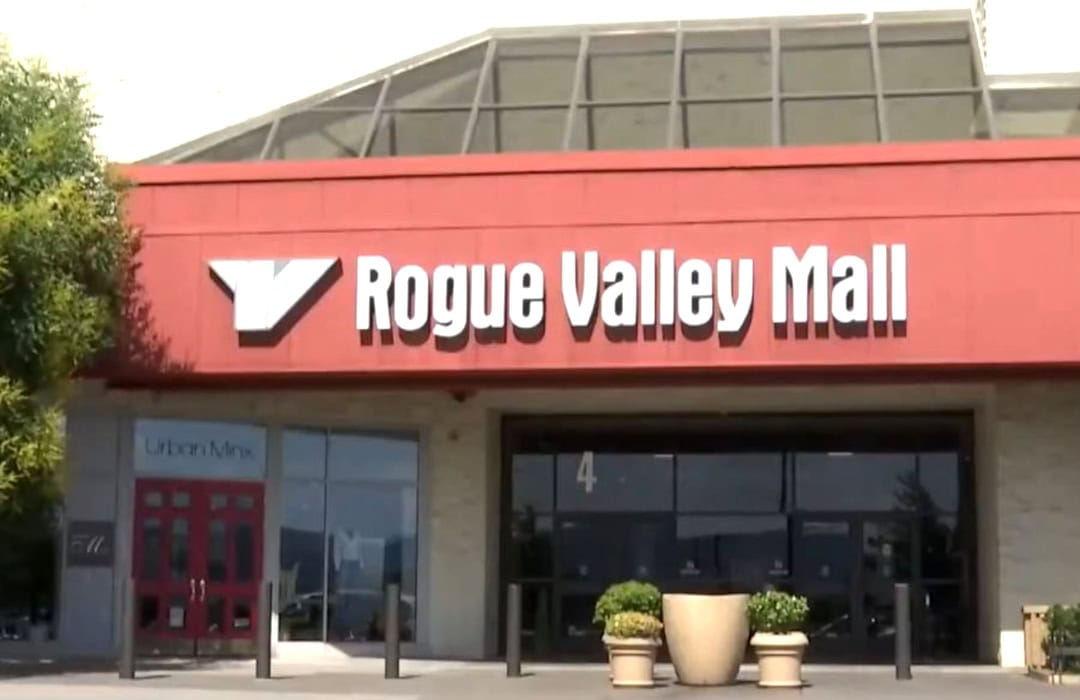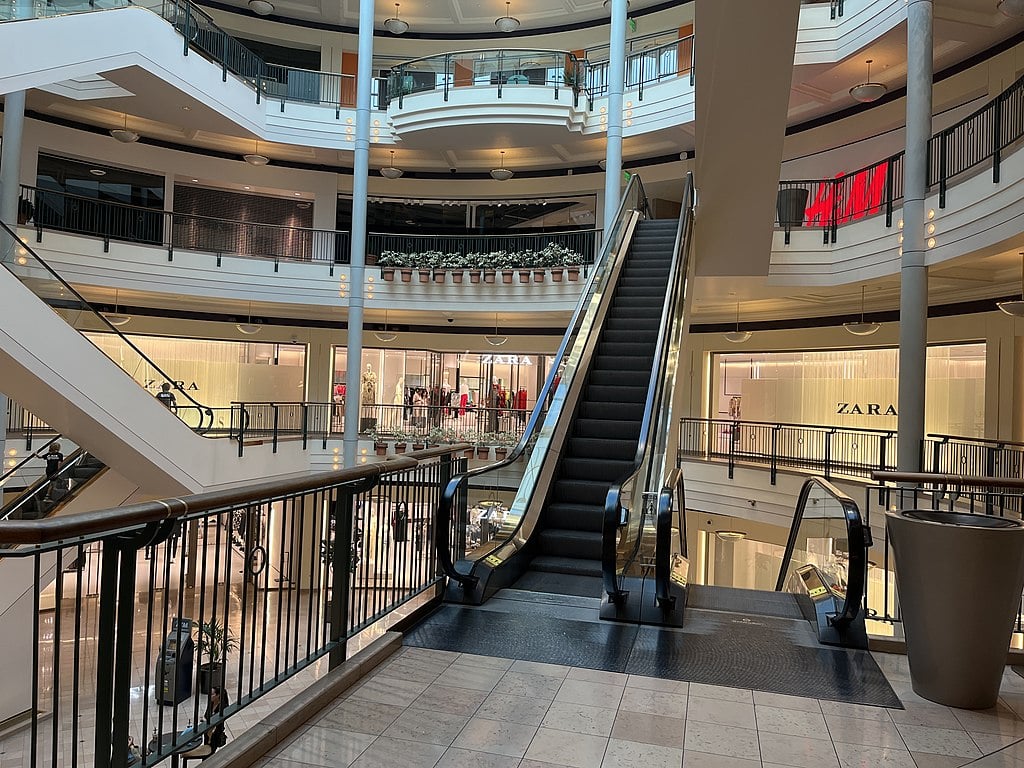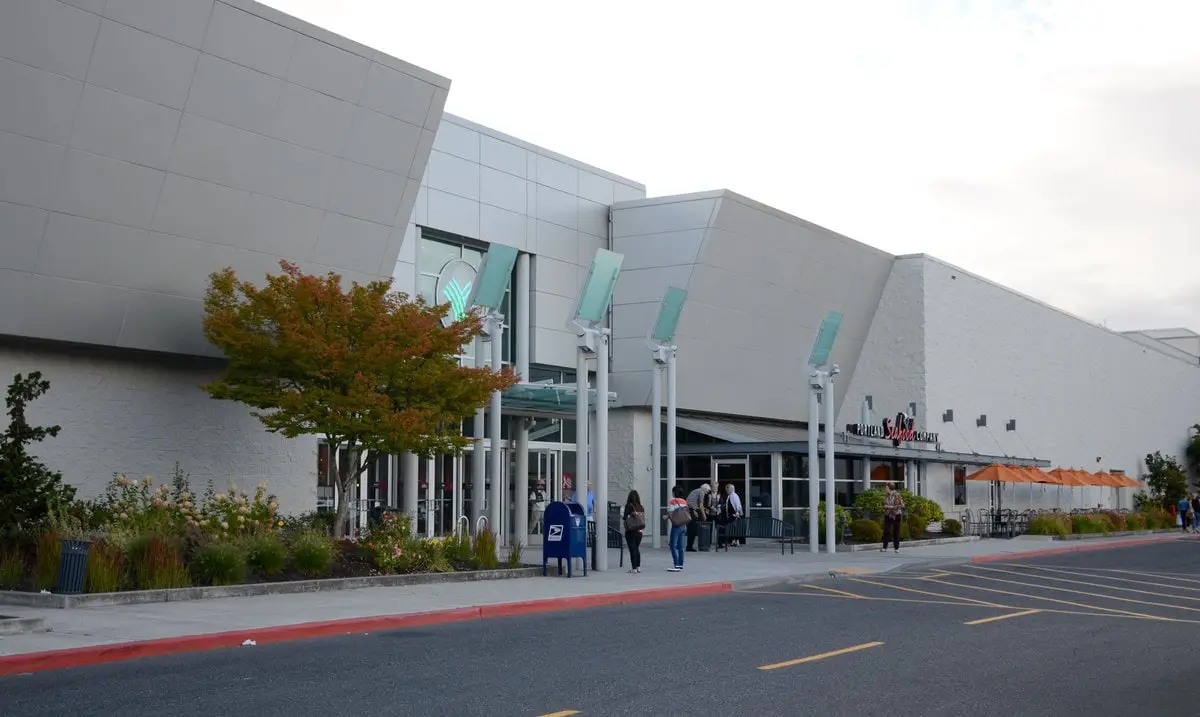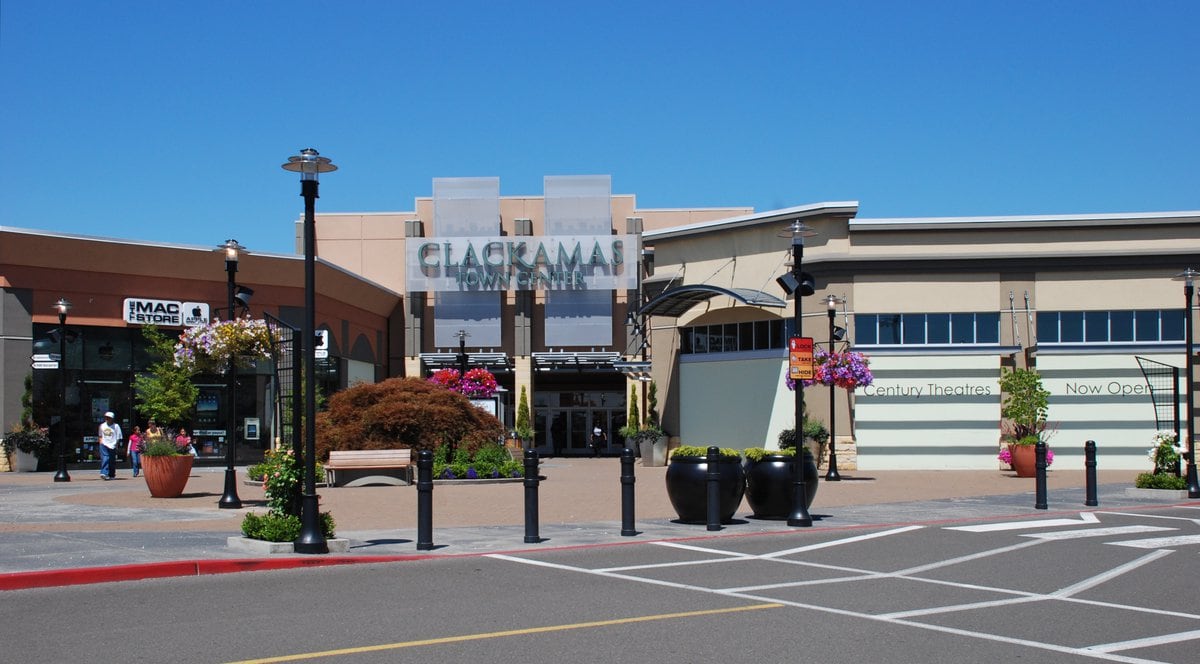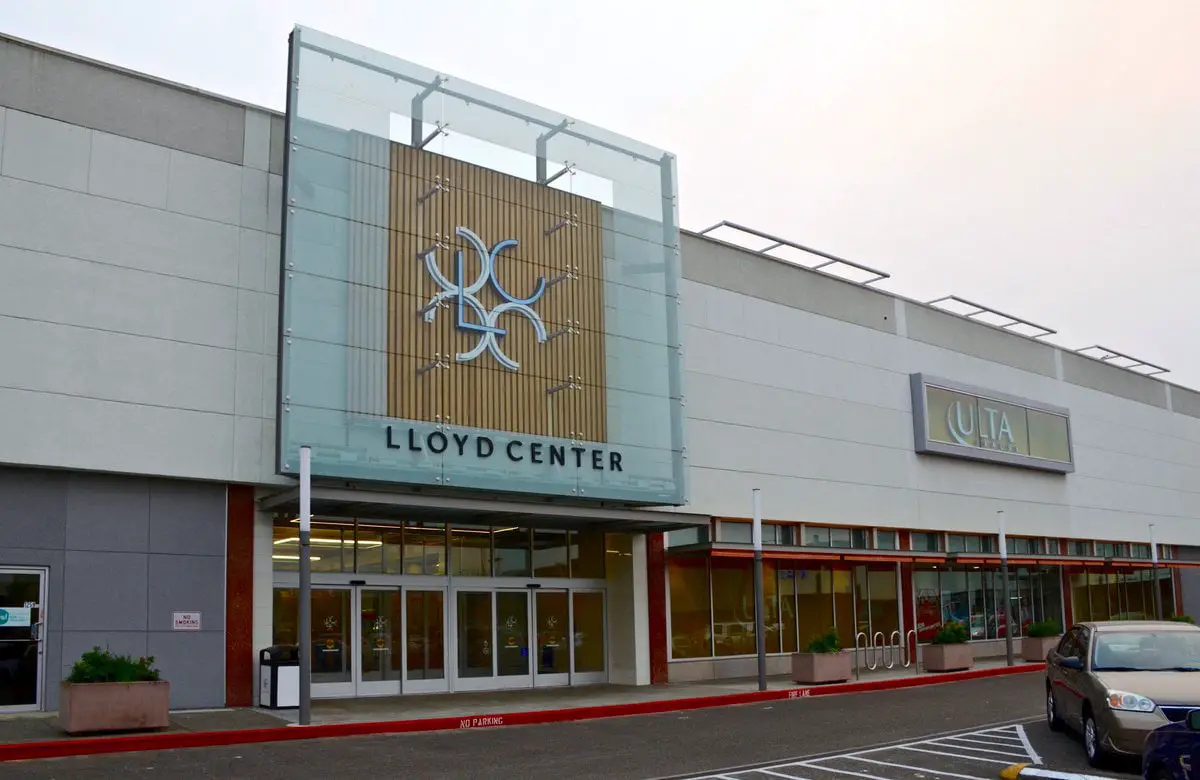Retail Real Estate Between Portland and Salem
The outlet is situated along Interstate 5, where the drive from Portland to Salem transitions into farmland. From the road, you can see the tile roofs and beige facades just past Exit 271.
Trucks pass in the distance, but the signs for Coach, Nike, Adidas, Eddie Bauer, and Banana Republic pull drivers off the highway. Woodburn Company Stores opened here in August 1999 with 243,000 square feet of retail space.
Back then, it was a $20 million bet on tax-free shopping and out-of-town visitors. The developer, Craig Realty Group, chose a spot far enough from Portland for a day trip but still close enough to catch tourists going to the wine country or tulip fields.
When the outlet opened, it had a small set of stores that did most of their business on weekends.
Strong demand soon required more buildings. Each addition brought in new brands, more parking, and higher revenue.
The name didn't change until 2013. That summer, Simon Property Group bought the site and rebranded it as Woodburn Premium Outlets.
They did not change the location or the layout.
What they brought were their portfolio management strategies, which are used across outlet malls from California to Texas.
Now the mall has 388,000 square feet and more than 110 stores.
It has become one of Oregon's top tourist stops, especially for visitors drawn in by the state's lack of sales tax.
Phased Growth and Branded Expansion
By 2003, four years after opening, Woodburn Premium Outlets added another 66,500 square feet.
This put the center above 309,000 square feet, but that was not the last expansion.
Foot traffic continued to increase, so in November 2005, the owners added 23,700 square feet for $1.6 million.
Nike was the main new tenant in that addition. After Nike joined, shoppers also changed their routines.
People started showing up earlier, stayed longer, and sometimes waited outside before weekends.
This kind of growth was common in the early 2000s. At this point, online shopping was not yet a big factor for in-store sales.
The developers thought that more construction was worthwhile.
The numbers made sense - sales per square foot increased, leases lasted longer, and more retailers wanted to relocate.
S.D. Deacon stayed on to run the building work. They installed new walkways, added windows, and created extra storage space behind the stores.
In February 2009, an additional 27,400 square feet was constructed. The project cost $5.1 million.
They did not have any opening event or ceremony; they just started using the new space right away.
The changes shifted the layout again. When crowds were heavy, parking became a problem.
The last major expansion began in February 2012 and was completed seven months later.
That phase added 38,500 square feet, included 16 more stores, and larger restrooms.
That project cost $10 million. After all these changes, the center had 388,000 square feet for leasing.
Every time, the process repeated: build more space, fill it, and maintain high occupancy rates.
By the end of 2012, all the retail spaces were leased.
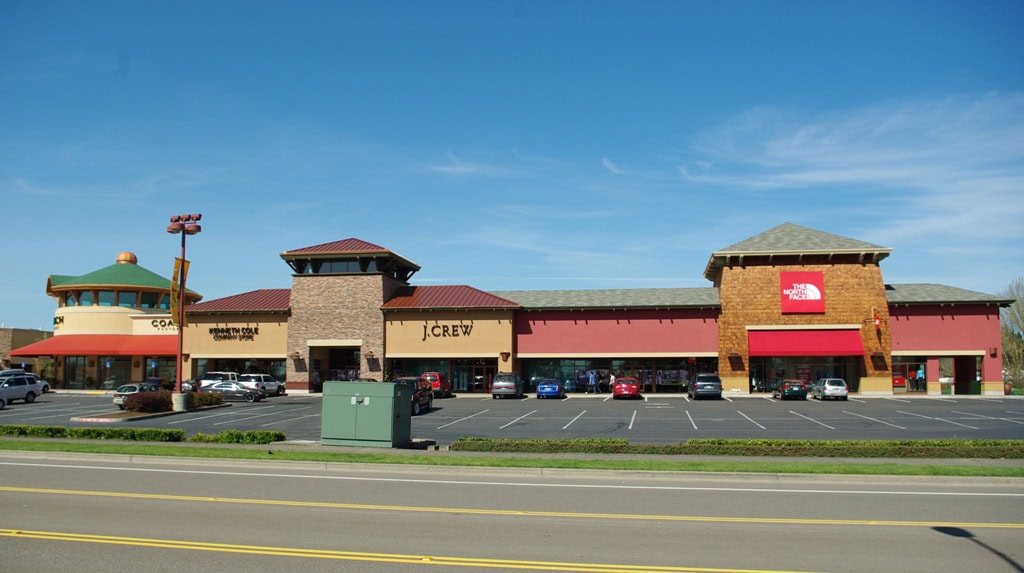
Why the Woodburn Premium Outlets Shuttle Failed
In 2007, Woodburn Premium Outlets tested a new idea.
Between Memorial Day and Labor Day, a shuttle bus called the Woodburn Outlet Express ran from Portland and Lake Oswego to the outlet and back.
It picked up riders from the Portland Hilton, the Union Bank of California, and the Hilton Garden Inn off Kruse Way.
The fare was $20 round-trip. Riders did not need a reservation; they just needed a seat and some shopping bags.
But the plan did not last. By September, the shuttle was permanently parked. The company said not enough people used it.
The idea seemed reasonable. Portland tourists often rent cars, and the outlet is 25 miles south, so you need a car to get there.
Without one, you would have to use Amtrak, a local bus, and maybe a cab to make the trip.
For many, it was too much trouble. The shuttle was an attempt to gauge demand. Ridership stayed low at first.
Retailers sought the service to attract more shoppers during the week, particularly international tourists staying in the downtown area.
But hotel concierges were not promoting it, and most Portland locals had cars.
By the end of the trial, the shuttle service was canceled, with no plans to reinstate it.
The result showed the limits of destination retail without good transit options.
It also showed how the center relies on people who drive or take tour buses, arrive in groups, shop quickly, and leave before dinner.
Loss Prevention and the Business of Volume
In 2006, store managers noticed that inventory was disappearing at a rate faster than normal.
It was not limited to one brand or a single weekend. Several retailers ran low on stock for several months.
Later that year, investigators determined that a shoplifting group was behind the losses.
The group had targeted multiple storefronts at Woodburn Premium Outlets.
Losses were documented, reports were filed, and security footage was reviewed.
This level of attention was not common at the time. Most retail crime in the area was petty theft.
This was different, planned, repeated, and fast. The open-air layout made it easy for groups to slip in and out quickly.
Wide walkways and exits at the back of stores made it easy for groups to reach waiting cars.
Although the thefts occurred, the number of customers remained the same.
In 2011, the outlet center logged 4.4 million visitors. The number went up in 2012, reaching a record 4.5 million.
By the end of the year, all stores were fully stocked and every lease had been signed.
Even though online shopping was increasing everywhere, shoppers still came to this center for the discounts, the tax savings, and the well-known brands.
Coach, Levi's, Calvin Klein, Columbia, and Gap continued to bring in steady business.
Smaller stores also planned sales for holidays and back-to-school seasons.
Managers adjusted the number of people working depending on the size of the crowd.
On the Thanksgiving weekend, parking lots filled up early, and some cars were parked on the side of the highway.
In December, every store held sales. Stores that had been empty or hard to rent, often farther from the center, were now open.
Maintenance teams worked extra hours. Extra holiday staff stood outside store entrances giving out coupon flyers and using headsets.
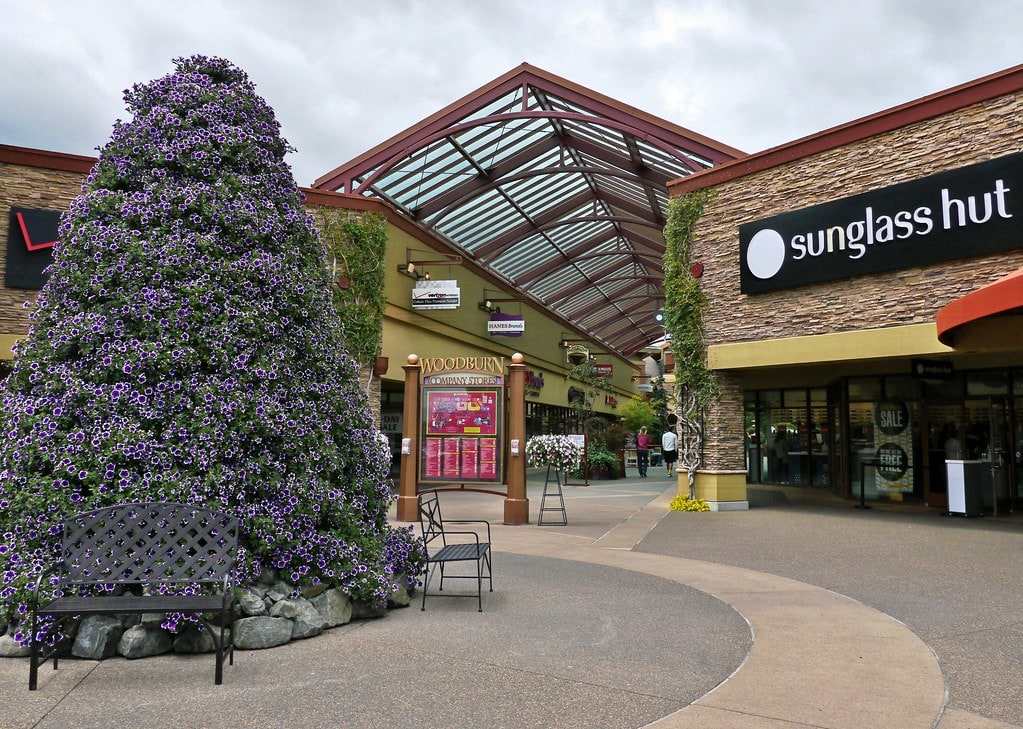
Portfolio Play and Retail Identity
Simon Property Group completed the purchase of the property in June 2013.
By that time, the outlet was already the busiest shopping destination in Oregon for foot traffic.
The name changed almost immediately.
The sign for "Woodburn Company Stores" was replaced with "Woodburn Premium Outlets." Simon didn't rebuild anything; they didn't have to.
The layout stayed the same, with angled storefronts, pastel colors, and open-air walkways.
The branding changed. The center became part of Simon's Premium Outlets group, which has locations in Las Vegas, San Marcos, and Orlando.
The new branding made Woodburn appear more frequently in travel guides and retail marketing.
International tourists already visit for tax-free shopping. Now, they saw familiar signs that were part of the same network as other U.S. malls.
Stores updated their signage to match Simon's standards. Uniform maps appeared.
Mall events followed national campaigns such as "Back to School" and "Friends and Family Weekend." By 2025, the anchor store mix includes Banana Republic Factory Store, Gap Factory, Polo Ralph Lauren Factory Store, Columbia Factory Store, adidas Outlet Store, Levi's® Outlet Store, Eddie Bauer Outlet, and NIKE Factory Store.
Stores might change, but customer numbers remain steady, especially during spring and late summer.
Mall staff track seasonal trends and change hours and operations as needed.
The outlet still does not charge sales tax, which makes it different from other Western U.S. outlets.
Many tour buses and groups visit, especially people from California, where sales tax is higher.
Many visitors stop for a few hours between Portland and Eugene to make extra purchases and buy luggage.
New Openings and Local Shifts
On a cloudy Friday in February 2024, shoppers walked past construction barriers by the Levi's store.
A new sign had gone up, Rocket Fizz Soda Pop & Candy Shop. Candy lined the walls in bins, color-coded and high-gloss, with a sugar-heavy presence.
Pandora opened earlier that month, wedged between Michael Kors and Under Armour.
By spring, Lululemon had moved into the former Ann Taylor space near Zales. Made In Oregon opened a new location later in 2024.
They posted pictures of shelves with Pendleton blankets, local wines, and Marionberry jams.
The store labeled everything with its origin, including the region and background information.
This was a change from national chains, but it worked for the location. Visitors liked to bring home something local.
In September, Bobadochi opened near the food court. The draw: mochi donuts and boba tea.
Kids lined up before noon. Inside, pink boxes slid down the counter, filled with rings of glazed dough.
The drinks came in layers: milk, syrup, and tapioca pearls, sealed and shaken.
Woodburn Premium Outlets continued to draw shoppers, and the list of stores continued to change.
🌻


